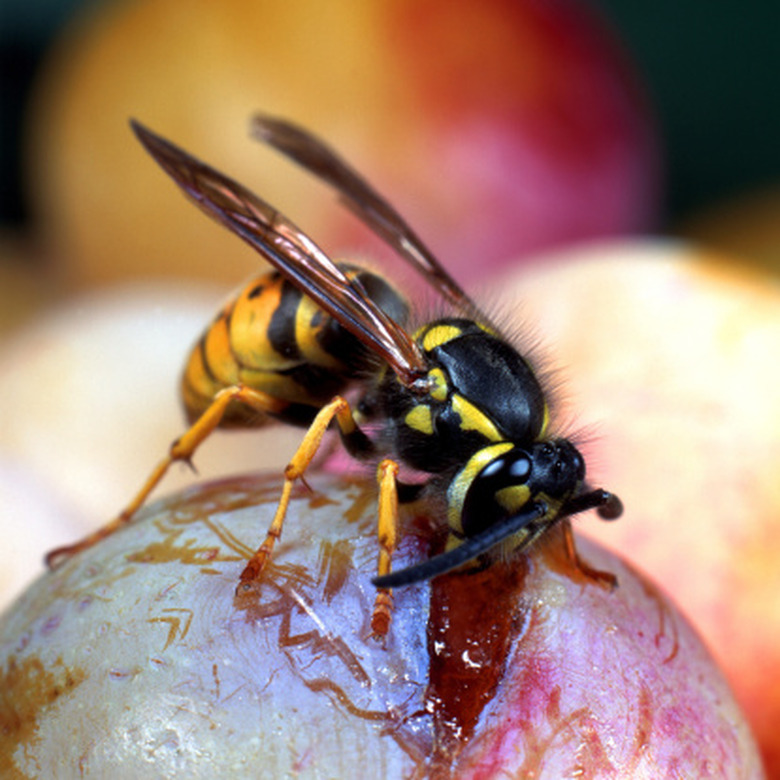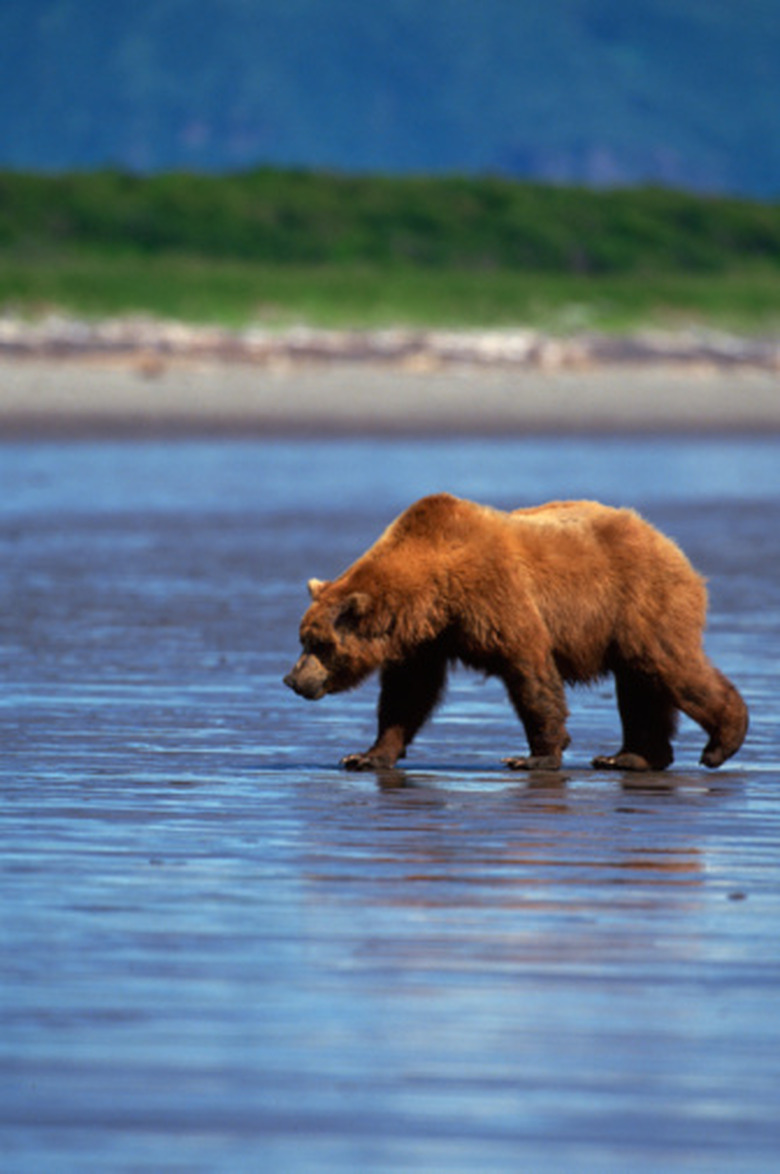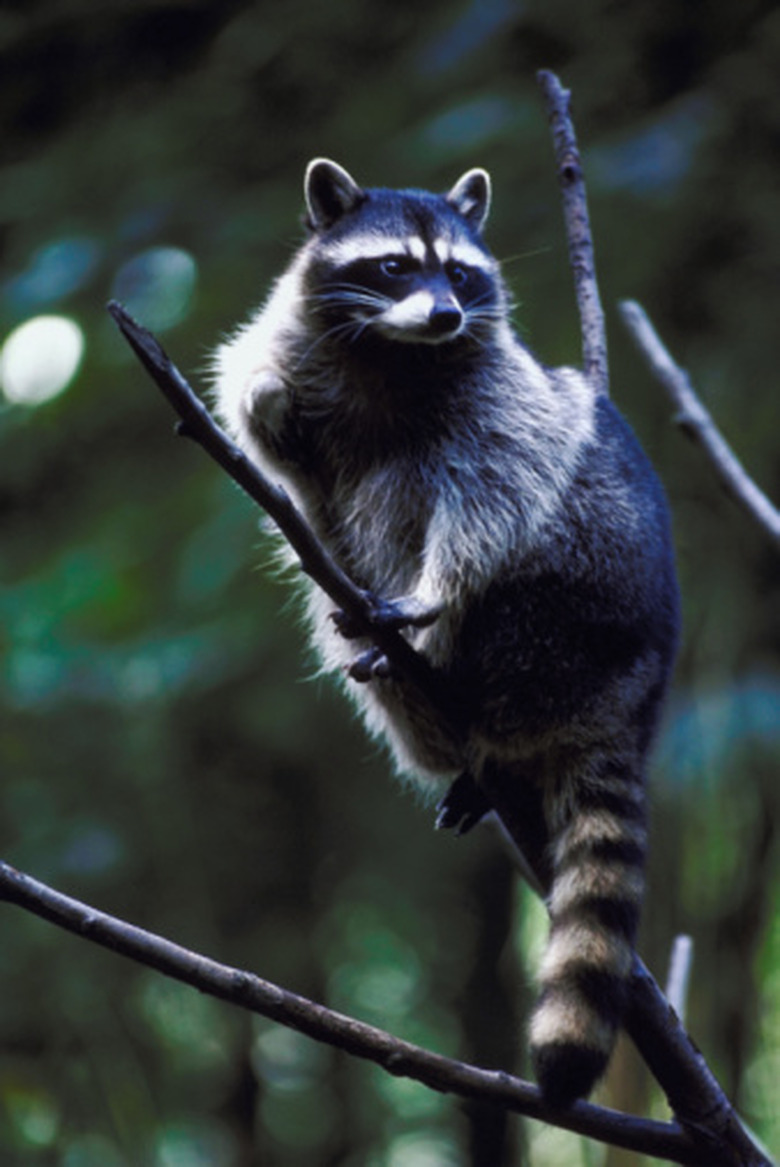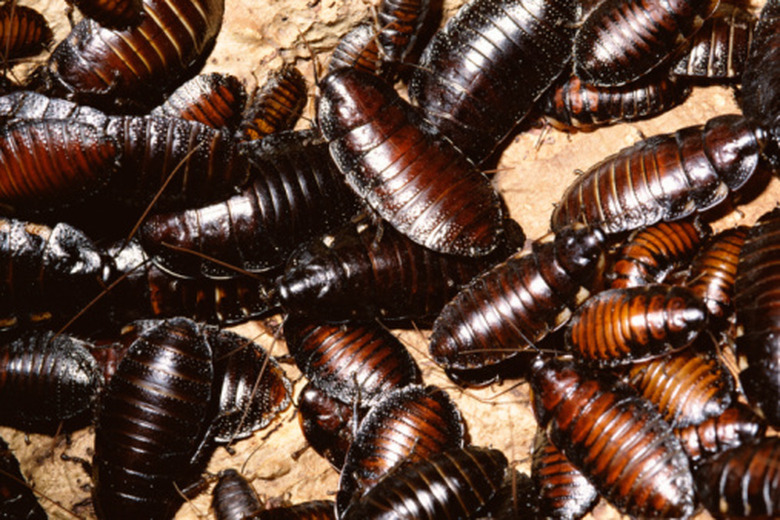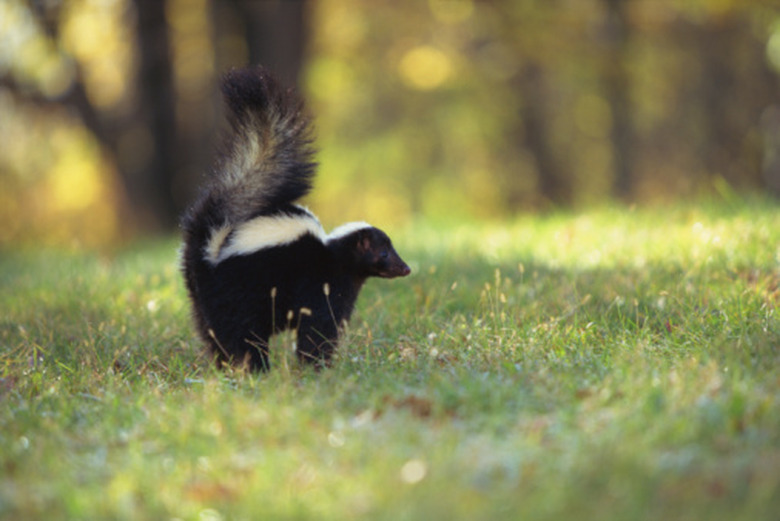What Animals Eat Plants & Animals?
An animal that eats both plants and other animals is classified as an omnivore. There are two types of omnivores; those that hunt live prey: such as herbivores and other omnivores, and those that scavenge for already dead matter. Unlike herbivores, omnivores cannot eat all types of plant matter, as their stomachs cannot digests certain substances found in grains or non-fruit producing plants.
Large Omnivores
Large Omnivores
Large omnivores include mammals such as bears, humans and chimpanzees. Humans, chimps and bears each act as hunters, pursuing other animals as prey. When acting as predators, bears generally hunt fish in rivers and streams, while chimpanzees use tools to extract termites from termite mounds and small "spears" to catch Senegal bush babies hiding in trees.
Medium Omnivores
Medium Omnivores
Pigs, raccoons and rats are some of the most widely known medium-sized omnivores, acting as more of a scavenger than a hunter. Some birds, such as chickens, crows and corvids, are also considered omnivores, as their diets can range from berries to insects to small rodents.
Small Omnivores
Small Omnivores
Some of the smallest omnivores are invertebrates such as wasps, flies and cockroaches. These insects rely on the byproducts of other animals to complete their diets and are thus categorized as scavengers.
Where Are Omnivores Found?
Where Are Omnivores Found?
From the polar bears of the Arctic to the squirrels of North America, omnivores can be found in all climate types and generally can assimilate well into life with human neighbors. It's not unlikely to find omnivores ranging from rats to seagulls to skunks living with and scavenging off of the humans in their communities.
Cite This Article
MLA
Bandas, Kelly. "What Animals Eat Plants & Animals?" sciencing.com, https://www.sciencing.com/animals-eat-plants-animals-8132384/. 22 November 2019.
APA
Bandas, Kelly. (2019, November 22). What Animals Eat Plants & Animals?. sciencing.com. Retrieved from https://www.sciencing.com/animals-eat-plants-animals-8132384/
Chicago
Bandas, Kelly. What Animals Eat Plants & Animals? last modified March 24, 2022. https://www.sciencing.com/animals-eat-plants-animals-8132384/
